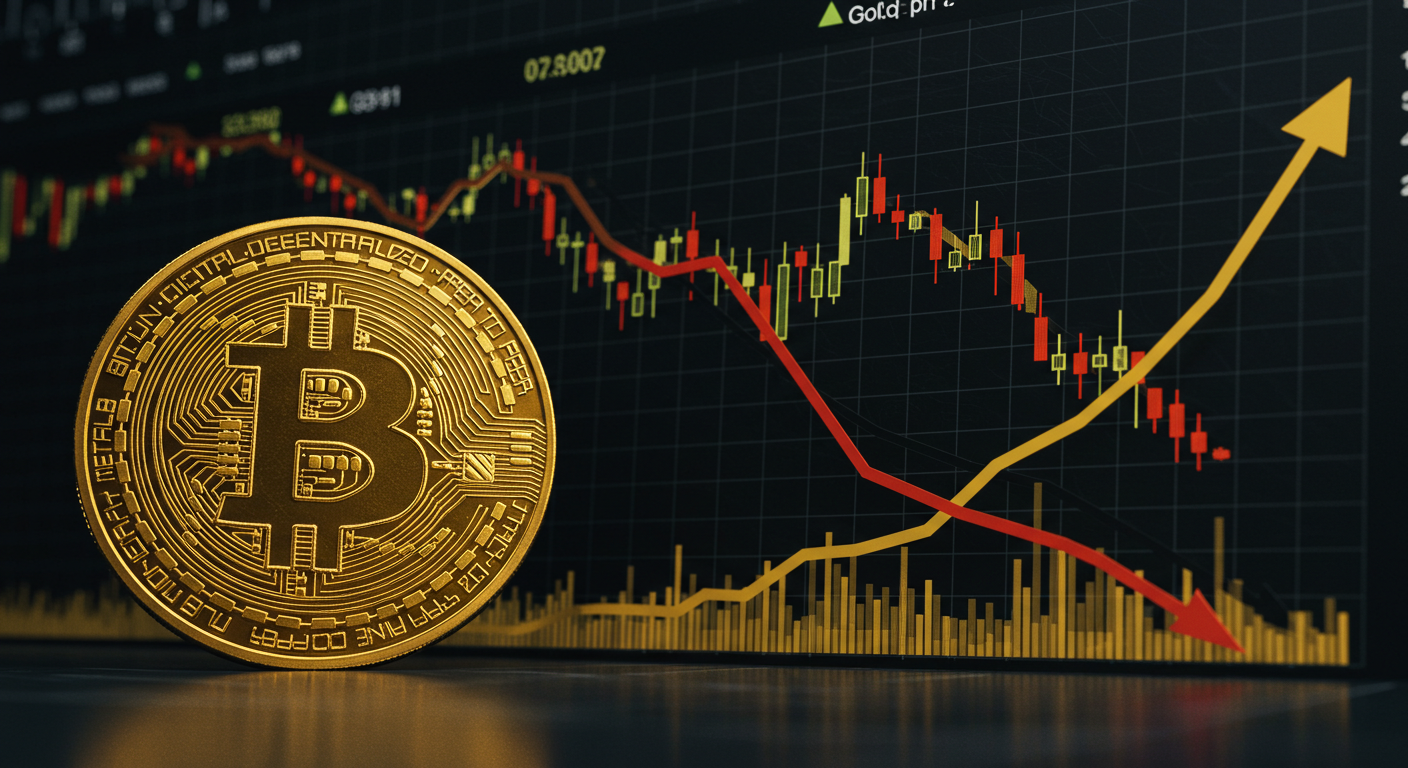The Middle East Conflict:14T Bunker buster What’s Really Going On and How It Could Impact Your Wallet
The Middle East Conflict: What’s Really Going On and How It Could Impact Your Wallet
You know, it’s easy to feel overwhelmed by global events, especially when they involve complex regions like the Middle East. But let’s take a moment, like we’re just sitting down for a chat, to really break down what’s happening with the Israel-Iran conflict and, crucially, how it could ripple out and affect your everyday life—especially your finances. We often hear about conflicts far away and think they won’t touch us, but here’s the thing: in our interconnected world, that’s rarely the case. Understanding the underlying dynamics and potential economic fallout is more important now than ever.
1. Why Are We Talking About This Now? Unpacking the Middle East Conflict

You might be asking yourself, “Why is everyone talking about this now?” It’s a valid question, right? The Middle East conflict, particularly the dynamic between Israel and Iran, isn’t new, but the current situation feels different. We’re witnessing a concerning shift from localized skirmishes and proxy battles to a potential full-scale confrontation, and what’s interesting is the growing concern about direct u.s. involvement . This isn’t just about regional stability anymore; it’s about global implications, especially for the economy.
The urgency stems from the possibility that this conflict could escalate into an all-out war, potentially drawing in major world powers . This isn’t just some abstract geopolitical discussion; a full-blown war between these nations, especially with the U.S. stepping in, would have massive and immediate consequences far beyond the battlefield. From my experience, when you see a shift from contained tensions to talk of direct military engagement, it’s a critical moment that demands our attention, because the economic impact on our wallets could be significant . It’s like a pressure cooker that’s been simmering, and now the lid is starting to rattle.
2. Is a Full-Scale War Inevitable? Decoding the Military Moves

When we look at the military signals, it becomes clearer why the fear of full-scale war, with u.s. involvement, is so high . For instance, the U.S. has strategically positioned aircraft carriers in the Middle East, along with aerial refueling planes . Think about it: aerial refueling planes aren’t just for routine operations; they allow military aircraft to stay in the air for extended periods during combat situations, which is a significant indicator of readiness for prolonged engagement . This signals a clear intention to use their military might if necessary .
What’s more, there have been reports confirming that the U.S. government has approved military operation plans for Israel’s actions against Iran . This isn’t an order to attack, but it certainly suggests a prepared stance and a deep level of coordination, increasing the likelihood of U.S. participation if the conflict escalates .
And here’s a surprising fact: the U.S. is the only country that possesses the specialized 14-ton bunker buster bombs needed to penetrate deep underground facilities, like those where Iran’s nuclear sites and top leadership bunkers are believed to be . This capability is a critical piece of the puzzle, underscoring the U.S.’s unique position to engage in certain types of strikes if the situation calls for it, making their potential involvement a very real possibility .
3. Is Nuclear Disarmament the Real Reason? Examining the Stated Objectives
You know, when we hear about the conflict, the most common reason cited by the U.S. and Israel is the prevention of Iran developing nuclear weapons . And there’s definitely a basis for concern here: Iran’s uranium enrichment levels have reportedly reached around 60%, significantly higher than the 3.67% previously allowed, and it’s estimated they could reach 90% within weeks . Achieving that level would give them the core infrastructure for nuclear weapon development, which is understandably a major geopolitical worry .
So, from this perspective, actions against Iran, including the targeting of nuclear facilities and the deaths of nuclear scientists, are presented as necessary measures to maintain global peace and prevent proliferation . This is the official, surface-level explanation, the reason given to the world for why military action might be considered . However, I’ve found that sometimes, the stated reasons, while true to a degree, don’t always tell the whole story.
4. Beyond Nukes: What’s the Deeper Game at Play?
Here’s the thing: while concerns about nuclear proliferation are undeniably real, a closer look at the patterns of attacks on Iran suggests a potentially more profound objective. It’s surprising, but the targeting of civilian infrastructure, like bombing a broadcast station during a live report, and energy facilities, such as the world’s largest natural gas pipeline, raises questions . Historically, in the Middle East, there’s been an unwritten rule against targeting energy infrastructure because these nations rely on oil and gas for their survival . Breaking this norm, after 45 years of avoiding such strikes, indicates a different strategy .
This leads us to a counterintuitive but compelling theory: perhaps the true aim is to destabilize and ultimately collapse the current Iranian regime, led by Supreme Leader Ali khamenei . khamenei wields immense power, arguably more than any other leader in the world, with control over the military, judiciary, and even the ability to appoint and dismiss the president . He is staunchly anti-U.S. and anti-Israel, and destabilizing his “sacred system” could be seen as the ultimate goal, even if it means a full-scale confrontation . This isn’t just about preventing nuclear weapons; it might be about fundamentally reshaping the region’s political landscape, which is a much bigger game indeed.
5. Why Now? The Economic Pressures Fueling the Conflict

You might be wondering, “Why is this happening specifically now, when 2025 is just beginning?” It’s a great question! One critical factor is Iran’s severe economic downturn . Historically, Iran has maintained an average growth rate of over 3.5%, but current IMF projections, even before the full escalation of the conflict, put their growth at a meager 0.3% . This economic hardship means there’s a heightened risk of public unrest and even a popular uprising against the regime .
When people are struggling to make ends meet, their dissatisfaction with the government grows, creating an opportune moment for external forces to push for regime change . The targeting of civilian infrastructure and the high number of civilian casualties might be a deliberate tactic to fuel this internal discontent, making the populace believe that the current regime is the source of their suffering and the ongoing conflict .
Furthermore, a significant drop in international oil prices, reaching as low as $55 a barrel at the start of 2025, has further crippled Iran’s economy . Since oil sales are the lifeblood of Middle Eastern economies, falling prices force nations like Iran to increase production just to maintain revenue, which ironically drives prices down further, intensifying the economic crisis and creating a perfect storm for internal rebellion . This timing is less coincidental and more strategic.
6. The Shifting Sands: Iran’s Growing Isolation
Another crucial factor in the timing of this conflict is Iran’s increasing isolation in the region. You see, Iran has relied heavily on allied groups like hamas in gaza, hezbollah in Lebanon, and the Assad regime in Syria . These have been its key partners in the “anti-Israel, anti-U.S.” bloc . However, recent events have significantly weakened these allies.
hamas faced a severe contraction of its power and the gaza Strip was effectively blockaded by October 2023 . Then, in September 2024, hezbollah’s leader was reportedly killed . And by December 2024, the Assad regime in Syria had collapsed . This systematic weakening of its proxy forces has left Iran strategically vulnerable and more isolated than ever before . From an external perspective, this moment of perceived weakness might have been seen as the optimal window to exert pressure on the Iranian regime, making “now” the perceived best time for decisive action.
7. The Ripple Effect: How This War Could Hit Your Wallet
So, what does all this mean for you and the global economy? A prolonged war involving Iran, especially with u.s. involvement, poses a significant risk of hyperinflation . Iran holds the third-largest crude oil reserves among opec members, behind Venezuela and Saudi Arabia . The biggest concern is the potential disruption of global oil supplies, particularly through the strait of hormuz, a crucial choke point through which 20-30% of the world’s oil tankers pass . While blocking the strait would also hurt Iran’s own exports, it’s a drastic measure that could be taken in a desperate scenario .
If the strait of hormuz is blocked, or even just becomes too dangerous, shipping costs, including freight and insurance, would skyrocket . This would lead to a massive surge in international oil prices, because less supply means higher demand . A surprising fact is how deeply oil permeates our lives;
it’s in everything from the clothes we wear to the electricity powering our homes, meaning a rise in oil prices literally means a rise in everything . This widespread inflation would hit consumer prices across the board, making everyday goods and services much more expensive, which, you know, really impacts your budget. It’s a stark reminder of how interconnected our world truly is, where a conflict thousands of miles away can directly affect your grocery bill.
8. The Ghost of 2022: Could Interest Rates Skyrocket Again?
Remember the high inflation and rapid interest rate hikes of 2022? That’s when the U.S. first encountered a staggering 9.1% inflation rate—a 41-year high, largely driven by the Russia-Ukraine war disrupting energy supplies
. A full-scale Middle East conflict could trigger a similar, or even worse, economic scenario . If oil prices surge as a result of disrupted supplies, central banks globally, like the U.S. Federal Reserve and the Bank of Korea, would face immense pressure to raise interest rates aggressively to combat the ensuing hyperinflation .
This isn’t just about abstract numbers; higher interest rates would ripple through the economy, making borrowing more expensive for businesses and individuals alike . It could stifle economic growth, impact stock markets, and directly affect your mortgage payments or the cost of new loans . Essentially, we could see a return to the “tightening era” of 2022, where interest rates climbed rapidly to tame inflation .
While many economies have recently been easing rates as inflation cooled, a new surge in oil prices could force an abrupt reversal, pushing us back into a period of higher costs and potentially, a global economic slowdown . This is a scenario we all hope to avoid, and it underscores the profound economic sensitivity to oil price shocks.





